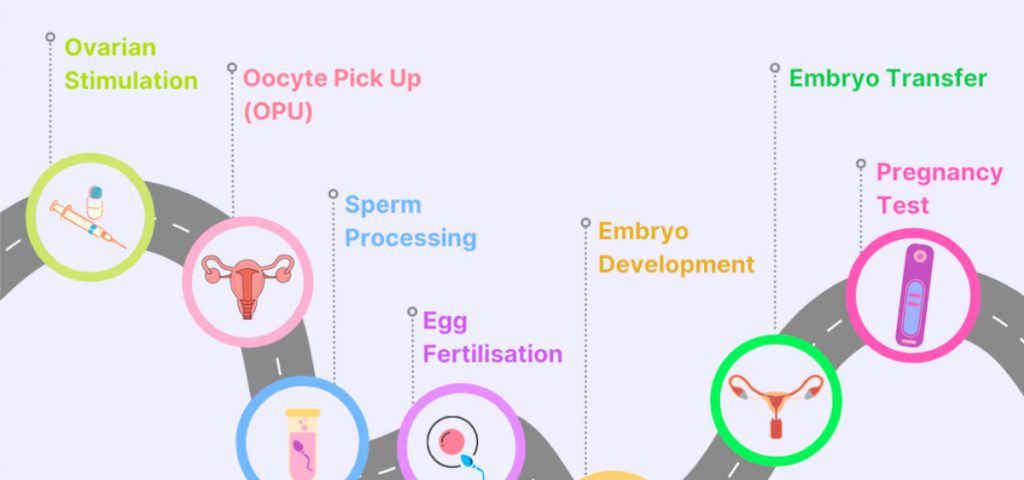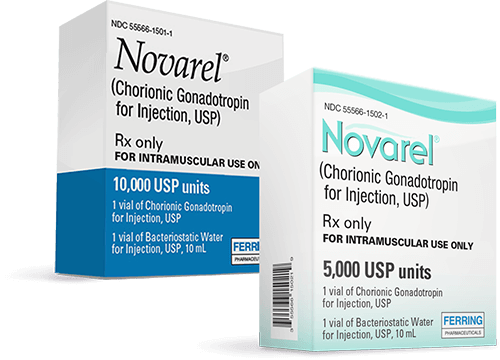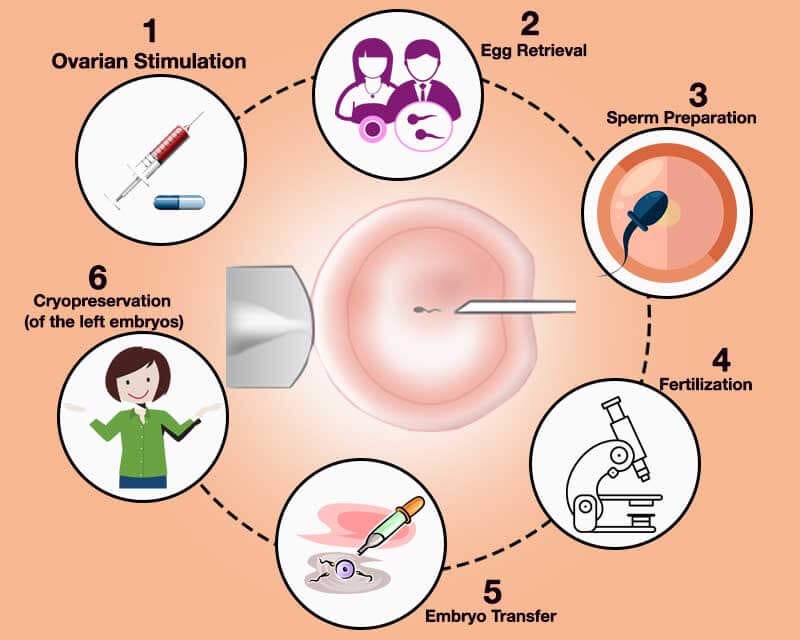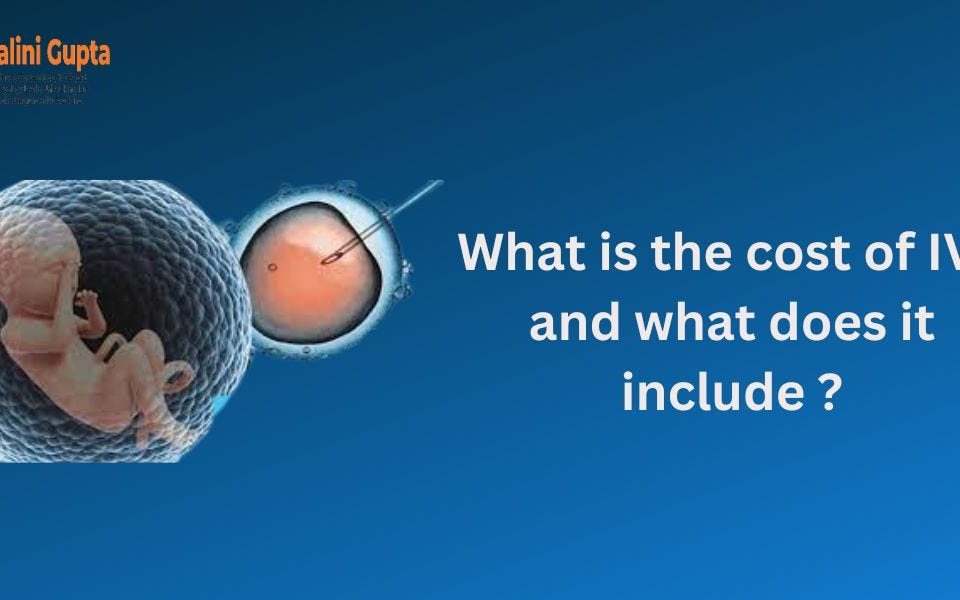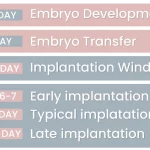
How Long After IVF Transfer Does Implantation Occur?
April 20, 2025
How Many Children Were Conceived Using IVF in 2023?
April 20, 2025How Many Eggs Are Cultured in the IVF Process?
In vitro fertilization (IVF) is a life-changing journey for many hoping to build a family. If you’re exploring this option, you’ve probably wondered about the details—like how many eggs are actually involved. It’s a big question, and the answer isn’t one-size-fits-all. The number of eggs cultured in IVF depends on a mix of science, personal factors, and even a little luck. Let’s dive into this fascinating process, break it down step by step, and uncover what really happens behind the scenes.
What Does “Cultured” Mean in IVF?
When we talk about eggs being “cultured” in IVF, we’re referring to the stage where eggs are collected, fertilized, and nurtured in a lab to become embryos. It’s like giving nature a helping hand. After eggs are retrieved from the ovaries, they’re placed in a special dish with nutrients—think of it as a cozy little home where they meet sperm and start growing. This culturing process usually lasts a few days before the healthiest embryos are chosen for transfer to the uterus.
The number of eggs that make it to this stage varies widely. Some people might start with a dozen eggs, while others work with just a few. Why the difference? It’s all about your body, your age, and how you respond to the IVF process. Let’s explore what shapes this number and what you can expect.
The IVF Egg Journey: From Ovaries to Lab
IVF isn’t a single step—it’s a series of carefully timed moves. The number of eggs cultured ties directly to how many are retrieved, fertilized, and developed. Here’s how it unfolds:
Step 1: Boosting Egg Production
Normally, your body releases one egg per month. In IVF, doctors use medications to kick things into high gear, encouraging your ovaries to produce multiple eggs at once. These meds, often injections you give yourself, contain hormones like follicle-stimulating hormone (FSH). The goal? To grow as many healthy eggs as possible in one cycle.
How many eggs you produce depends on your ovarian reserve—basically, how many eggs your ovaries have in stock. Younger women (under 35) might produce 10-20 eggs, while those over 40 might see fewer, like 3-8. It’s not an exact science, though—some people surprise their doctors with more or fewer than expected!
Step 2: Egg Retrieval
Once the eggs are mature (tracked via ultrasounds and blood tests), it’s time for retrieval. This minor procedure uses a thin needle guided by ultrasound to gently pull eggs from your ovaries. On average, doctors retrieve 8-15 eggs per cycle, according to the Society for Assisted Reproductive Technology (SART). But here’s the catch: not every egg retrieved is ready for culturing. Some might be immature or not suitable for fertilization.
Step 3: Fertilization and Culturing
The retrieved eggs head to the lab, where they’re mixed with sperm (either from a partner or donor). This can happen naturally in a dish or through a technique called intracytoplasmic sperm injection (ICSI), where a single sperm is injected into each egg. Typically, 65-80% of mature eggs fertilize successfully, per Yale Medicine data. After fertilization, the eggs—now embryos—are cultured for 2-6 days, depending on the clinic’s plan.
So, how many eggs are cultured? It’s the number of mature eggs that get fertilized and start growing as embryos. If 10 eggs are retrieved and 8 are mature, you might end up with 5-6 embryos after fertilization. From there, the strongest ones are selected for transfer or freezing.
What Affects the Number of Eggs Cultured?
No two IVF cycles are the same, and the number of eggs cultured hinges on several factors. Understanding these can help you set realistic expectations and feel more in control.
Your Age Plays a Huge Role
Age is the biggest player here. Women under 35 often have more eggs and better quality, leading to higher retrieval and culturing numbers. A 2021 CDC report shows that women under 35 average 12-15 eggs retrieved, with about 70% fertilizing. Over 40? That number drops to 5-8 eggs, with a lower fertilization rate due to declining egg quality.
Ovarian Response to Meds
Some ovaries are superstars, producing lots of eggs with standard doses of meds. Others need a little more coaxing—or might not respond as well. Conditions like polycystic ovary syndrome (PCOS) can boost egg numbers (sometimes 20+!), but quality can vary. Low responders, often older women or those with diminished ovarian reserve, might only get 2-4 eggs.
Lifestyle and Health
Your body’s overall health matters too. Smoking, excess weight, or stress can lower egg counts and quality. On the flip side, a balanced diet and moderate exercise can support your ovaries. One study from the National Institutes of Health (NIH) found that women who ate more fruits and veggies had a 10% higher egg yield in IVF cycles.
Clinic Techniques
Not all labs are created equal. Some use advanced culturing methods—like time-lapse imaging to monitor embryo growth—that can improve success rates. The skill of the embryologist also matters when it comes to fertilizing and nurturing those precious eggs.
✔️ Quick Tip: Ask your clinic about their lab tech and success rates—it could make a difference in how many eggs get cultured!
How Many Eggs Are “Enough”?
You might be thinking, “Okay, but how many eggs do I need for IVF to work?” There’s no magic number, but here’s what the data suggests:
- 8-15 eggs retrieved is considered ideal for most women under 35, giving a good shot at multiple healthy embryos.
- 5-7 eggs can still work well, especially if quality is high.
- Fewer than 5 eggs might mean a tougher road, but success is still possible—especially with techniques like ICSI.
The real goal isn’t just quantity—it’s getting at least one or two healthy embryos. A 2023 study from the American Society for Reproductive Medicine (ASRM) found that retrieving 10+ eggs increases the odds of a live birth by 20% compared to 5 or fewer. But even with just 3 eggs, some women welcome a baby after one cycle!
❌ Myth Bust: More eggs don’t always mean better odds. Too many (like 30+) can signal conditions like PCOS, where quality might take a hit.
Interactive Quiz: What’s Your Egg Number Vibe?
Let’s have some fun! Answer these quick questions to get a feel for what your egg count might look like in IVF. No pressure—this is just a playful guess!
- How old are you?
- A) Under 35
- B) 35-40
- C) Over 40
- How’s your overall health?
- A) Pretty great—I eat well and stay active
- B) Decent, but I could do better
- C) I’ve got some health challenges
- Any fertility history?
- A) No issues I know of
- B) Maybe—like irregular periods
- C) Yes, like PCOS or low ovarian reserve
Results:
- Mostly A’s: You might be in the 10-15 egg range—nice work!
- Mostly B’s: Probably 5-10 eggs—solid ground to start.
- Mostly C’s: Could be 3-8 eggs—every egg counts, and you’ve got this!
This isn’t medical advice, just a fun way to think about it. Chat with your doctor for the real scoop!
The Unspoken Side: What Happens to Extra Eggs?
Here’s something you won’t find in every IVF article: not all eggs make it to the finish line, and that’s normal. Let’s peel back the curtain on what happens to the ones that don’t get cultured or used.
The Attrition Rate
Think of IVF like a funnel. You start with, say, 12 retrieved eggs. Maybe 10 are mature, 7 fertilize, and 4 become strong embryos. That drop-off—called attrition—is part of the process. A 2022 NIH study showed that only 20-25% of retrieved eggs typically become blastocysts (day-5 embryos). Why? Some eggs aren’t viable, some don’t fertilize, and others stop growing.
Freezing for the Future
If you end up with extra embryos, many clinics freeze them. Frozen embryos have a 60-70% survival rate when thawed, per SART, and can be used later—saving you another round of egg retrieval. One mom I read about froze 5 embryos from her first cycle and had twins years later from the same batch!
Donation or Discard
What about eggs or embryos you don’t use? You’ve got options: donate them to research, another couple, or let the clinic discard them. It’s a personal choice, and clinics will guide you through it. Fun fact: Over 5,000 embryos are donated yearly in the U.S. for research, helping advance fertility science.
✔️ Pro Tip: Talk to your clinic early about your preferences for unused eggs or embryos—it’s one less thing to stress about later.
Boosting Your Egg Count: Can You Tip the Scales?
Wondering if you can nudge that egg number higher? While you can’t control everything, small changes might help. Here’s what’s worth a try:
Nutrition Power-Ups
Load up on antioxidants—think berries, nuts, and leafy greens. A 2024 study from Harvard Medical School linked higher antioxidant intake to a 15% boost in egg yield. Omega-3s (like in salmon) also support egg quality.
Stress Less
Easier said than done, right? But stress hormones can mess with your ovaries. Yoga or meditation might give your eggs a fighting chance—one small study found women who meditated daily had 12% more mature eggs retrieved.
Timing Matters
Your doctor will tweak your meds based on how your ovaries respond. If you’re a low responder, they might suggest a higher dose or a different protocol. Mini-IVF, with lower meds, could also be an option if you’re worried about overstimulation.
❌ Heads-Up: Skip the DIY supplements without a doctor’s okay—too much of a good thing (like vitamin D) can backfire.
Real Stories: Egg Counts in Action
Numbers are great, but stories bring it home. Here are two real-life IVF experiences to show how egg counts play out:
Sarah, 32: The High Roller
Sarah went into IVF expecting 8-10 eggs based on her age and health. Her ovaries delivered 18! After retrieval, 15 were mature, 12 fertilized, and 8 became embryos. She transferred one, froze the rest, and welcomed a baby girl nine months later. Her takeaway? “I was shocked at how many eggs I got—it gave us options.”
Mia, 41: The Fighter
Mia knew her age might mean fewer eggs. She retrieved 5, with 3 mature and 2 fertilizing. Only one embryo made it to transfer, but it worked—she’s now mom to a little boy. “It was nerve-wracking with so few, but all it took was one,” she said.
These stories show that whether you’re working with a handful or a dozen, success is about quality and a bit of hope.
The Latest Buzz: What’s New in Egg Culturing?
IVF isn’t standing still—new tricks are popping up to improve egg numbers and outcomes. Here’s what’s trending in 2025:
AI in the Lab
Some clinics now use artificial intelligence to pick the best eggs and embryos. A 2024 trial from Stanford found AI boosted embryo selection accuracy by 25%, meaning more cultured eggs turn into viable pregnancies.
Mild Stimulation IVF
This gentler approach uses lower doses of meds to get 5-10 eggs instead of 15+. It’s gaining fans for being easier on the body—and early data shows pregnancy rates are holding steady.
Egg Quality Boosters
Researchers are testing supplements like CoQ10 and DHEA to improve egg health, especially for older women. A 2023 ASRM study saw a 10% uptick in mature eggs with CoQ10—small but promising.
✔️ Curious? Ask your clinic if they’re using any of these cutting-edge tools—it could tweak your egg count!
Poll Time: What’s Your IVF Goal?
Let’s get you in on the action. Pick your top IVF priority—your vote helps us tailor future posts!
- A) Getting as many eggs as possible
- B) Focusing on egg quality over quantity
- C) Having extra embryos to freeze
- D) Keeping the process low-stress
Drop your choice in the comments—we’re all ears!
The Emotional Side: Coping with the Numbers
IVF isn’t just about eggs—it’s about feelings too. Seeing a low egg count can sting, while a high number might feel overwhelming. Here’s how to handle it:
Low Counts Don’t Define You
If you get fewer eggs than hoped, it’s not a failure. One embryo can be enough—look at Mia’s story! Talk to your doctor about next steps, like adjusting meds or considering donor eggs.
Celebrate the Wins
Even if only 3 eggs get cultured, that’s 3 chances at a miracle. Focus on what’s working, not what’s not. One study found that a positive mindset during IVF ups success rates by 8%.
Lean on Support
Join an IVF group online or IRL—X posts show tons of people sharing egg count highs and lows. You’re not alone, and swapping stories can lighten the load.
Your IVF Egg Count Cheat Sheet
Ready to wrap this up? Here’s a quick guide to keep handy:
| Stage | Average Egg Numbers | What to Know |
|---|---|---|
| Retrieved | 8-15 | Varies by age and response |
| Mature | 6-12 | Not all eggs are ready to fertilize |
| Fertilized | 5-10 | 65-80% success rate |
| Cultured to Embryos | 3-8 | Quality beats quantity here |
✔️ Takeaway: Aim for 8-15 retrieved eggs, but even 3-5 can lead to success with the right care.
Final Thoughts: Eggs, Embryos, and You
So, how many eggs are cultured in the IVF process? It’s a moving target—anywhere from a few to a dozen, shaped by your unique journey. What matters most isn’t the starting number, but how many turn into healthy embryos ready to become your future kiddo. Whether you’re just starting or deep in the process, knowing what’s behind those numbers can ease the stress and spark some hope.
Got questions? Drop them below—I’d love to chat more about your IVF adventure! And if you’re curious about boosting your odds, tweaking your diet, or the latest lab tech, stick around. There’s always more to explore on this wild, wonderful ride to parenthood.

